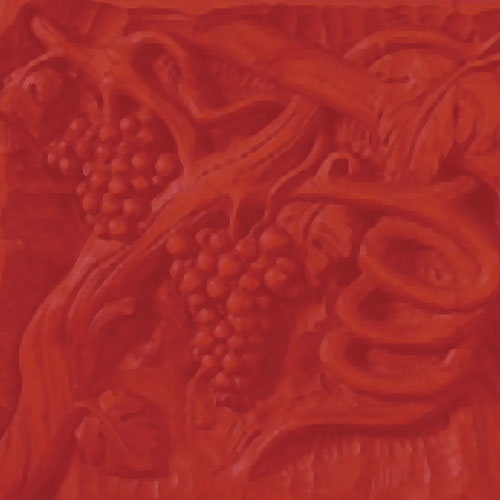Grappa Tasting Guide

Distinctive and smooth, elegant and refined: Trentino Grappa is a multifaceted distillate and it is a true reflection of the territory of origin. In this simple guide we wanted to share some tips on how to enhance the Villa de Varda Grappa tasting moment and to maximize the sensorial experience.
Knowing how grappa is made helps to fully understand the quality and its charm. Territory, variety, workmanship in the vineyards, vinification tecniques, distilling method, maturation and ageing: there are so many factors that makes unique the Villa de Varda Grappa. We are extremely proud of what we do and we follow a patented process: the de Varda method, a true expression of the fine distilling art.
Grappa Tasting Guide

During this examination you can appreciate the brightness and purity of grappa, very important characteristics for a great quality spirit. Aged grappa have the added value of the color as a result of the ageing time in wood which gives to the distillate fascinating shades from straw gold to mahogany.

After a slow glass rotation to enhance the aromas, the grappa must be sniffed briefly and with moderation trying to perceive its scents without breathing in too deep. A young grappa will offer clear scents of fresh marc or particularly floral and fruity notes if distilled with an aromatic grape variety; an aged grappa will be rich of spicy notes of vanilla, cinnamon, liquorice, cocoa and sometimes tobacco.

Grappa is to be enjoyed in small sips and diluited with saliva gently pressing the tongue on the palate facilitating the developing of its aromas. The first sensation will be the impact of the alcohol on the tip of the tongue, followed by sweet, bitter taste and the tactile sensation that the heath and the tartness can give. A perfect grappa has clean and distinctive flavours, well balanced and harmonious that will be confirmed in the after-taste.







